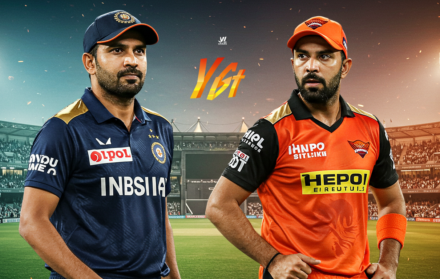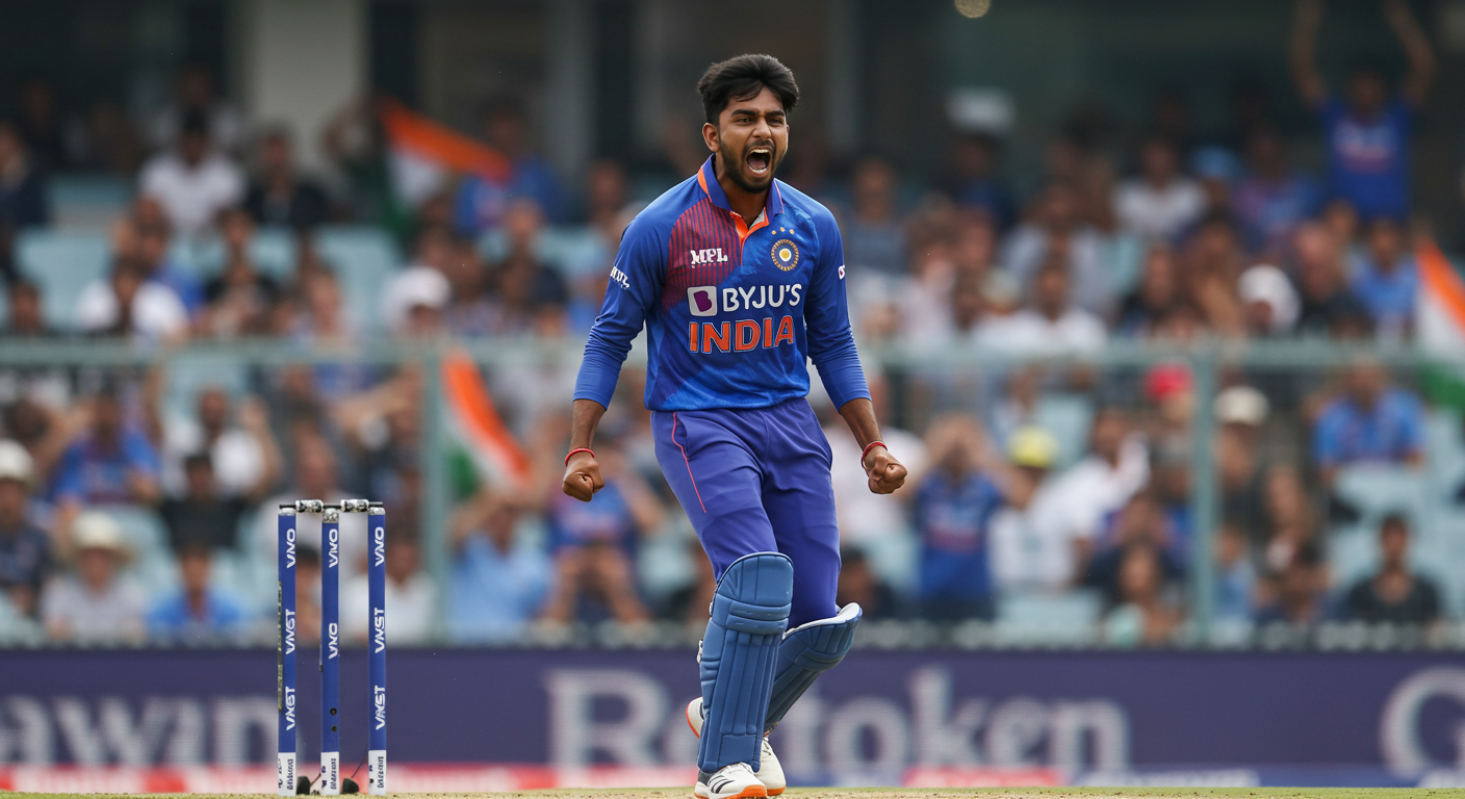
Yashasvi Jaiswal: India’s Next Opening Sensation
Yashasvi Jaiswal is a left-handed top-order batter who has emerged as one of India’s most promising young openers across formats. His development through age-group cricket, domestic tournaments, and the Indian Premier League (IPL) has positioned him as a strong candidate for long-term national selection.
He is known for his sound technique, particularly his balance at the crease, compact footwork, and ability to handle both pace and spin. Unlike many modern aggressive openers, Jaiswal combines attacking intent with shot discipline, which gives him flexibility in adapting to different formats.
In the IPL, he has demonstrated the ability to score quickly in the powerplay, while in first-class cricket, he has shown the capacity to play long innings under pressure. These complementary qualities suggest suitability for multi-format international roles.
This article provides an overview of Jaiswal’s domestic performance, technical strengths, format-specific adjustments, and potential contribution to Indian cricket at the senior level. His progression reflects a clear developmental pathway — built on performance, not reputation.
Domestic and Age-Group Performance: Statistical Consistency and Format Readiness

Yashasvi Jaiswal first gained recognition through consistent performances in age-group cricket and India’s domestic circuit. His record in the 2019–20 Vijay Hazare Trophy included a double century against Jharkhand, making him the youngest player to score a List A double hundred at the time. He finished the tournament with 564 runs at an average of 112.80, reinforcing his credentials in the 50-over format.
In first-class cricket, Jaiswal has produced multiple centuries for Mumbai in the Ranji Trophy. His early red-ball innings have shown a high level of concentration, shot selection, and temperament, with several innings exceeding 150 runs. His average in first-class cricket has remained above 70 across his first few seasons, an indicator of his ability to construct longer innings.
In the 2020 Under-19 World Cup, Jaiswal was the tournament’s leading run-scorer, with 400 runs at an average of 133.33. His performance included key contributions in pressure situations, and he was named Player of the Tournament.
These performances have built a statistical case for Jaiswal’s promotion to senior international cricket. He has demonstrated the ability to adapt between formats and has shown consistency against both pace and spin at the domestic level.
IPL Breakthrough: High Strike Rate, High Impact
Yashasvi Jaiswal’s development as a T20 opener has been accelerated by his performances in the Indian Premier League, particularly with the Rajasthan Royals. In the 2023 season, he scored over 600 runs at a strike rate above 160 — among the best in the tournament. His 13-ball fifty set a new record for the fastest IPL half-century, underscoring his ability to dominate the powerplay.
Jaiswal is particularly effective in the first six overs, where he uses the full width of the crease, creates angles, and rotates strike between aggressive strokes. Unlike many openers who rely heavily on power, he combines technique with intent, playing high-percentage shots while maintaining attacking pressure.
What stands out is his consistency across varied conditions. He has performed on slow pitches as well as bouncier tracks, using timing over brute force. His left-handed advantage also provides strategic variety in India’s predominantly right-handed batting order.
As a T20 prospect, he is not just a short-form hitter. He reads match situations well, adjusts tempo when needed, and shows maturity well beyond his age. Jaiswal’s IPL numbers now reflect both high impact and growing reliability, which is why he’s being increasingly viewed as a core white-ball option for India.
Red-Ball Readiness: A Debut That Delivered
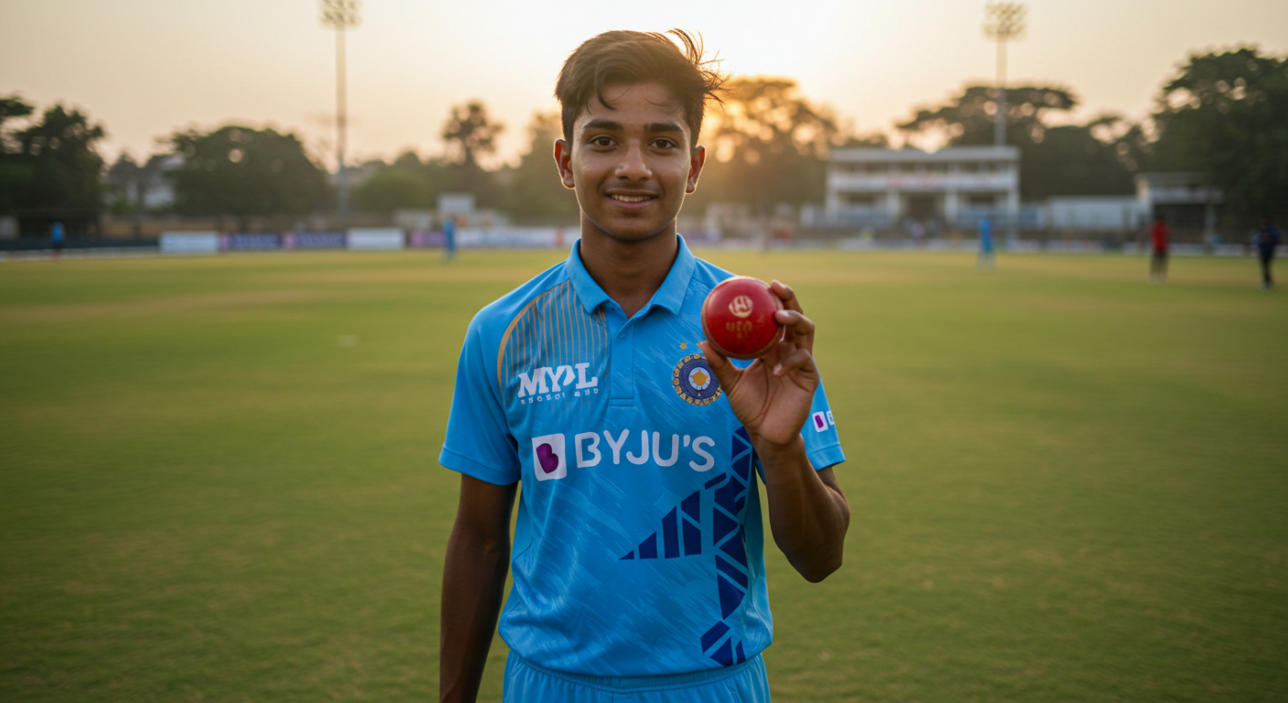
In July 2023, Jaiswal made his Test debut for India against the West Indies. He scored 171 in his first innings — the highest score by an Indian opener on debut overseas. The innings was built with patience, control, and clear shot selection, particularly against the new ball and spin.
He displayed a full red-ball skill set: a compact defence, strong off-side driving, and the ability to accelerate selectively. His ability to leave deliveries outside off stump and his footwork against spinners both reflected his domestic red-ball grounding.
His temperament was particularly noted. Rather than forcing the pace, Jaiswal absorbed pressure, rotated strike efficiently, and built his innings session by session. It was not a flashy hundred — it was a structurally sound, methodical knock that established his suitability for Test-level top-order batting.
Statistically, he entered Test cricket with a first-class average over 70 and multiple double-centuries in domestic cricket. His technique is well suited to Asian conditions and likely to develop further in overseas Tests with more exposure.
India’s search for a stable left-handed opener in Tests may have found an answer in Jaiswal — one who offers both reliability and room to grow.
Technical Breakdown: Strong Foundations, Clear Margins
Yashasvi Jaiswal’s game is built on a straightforward but efficient technical base. His front-foot positioning is solid, allowing him to drive fluently through mid-off and cover. He sets up with minimal movement, which means he doesn’t lose balance even against late swing or spin. That stability underpins his control over both attacking and defensive shots.
His bat path is generally straight, which helps him score cleanly down the ground and minimise risk early in an innings. Against spinners, he prefers playing late — often waiting for the ball to drop before committing. He is comfortable playing off the back foot against slow bowling, which gives him options beyond the sweep — a trait less common among Indian openers of his generation.
One of his more subtle strengths is his ability to keep his hands close to the body against the new ball, especially in red-ball cricket. That approach reduces edge chances outside off stump — a key reason why he has converted so many starts into big scores. In T20s, he opens up the leg side well and isn’t afraid to use unconventional footwork to manipulate line.
Areas that will need refinement include his reaction to short-pitched pace on fast, bouncy tracks, and his scoring options square on the off side, where he can get slightly closed off. But the base is clearly there — and it’s more polished than many batters with three times the experience.
Compared with Peers: Standing Out for the Right Reasons
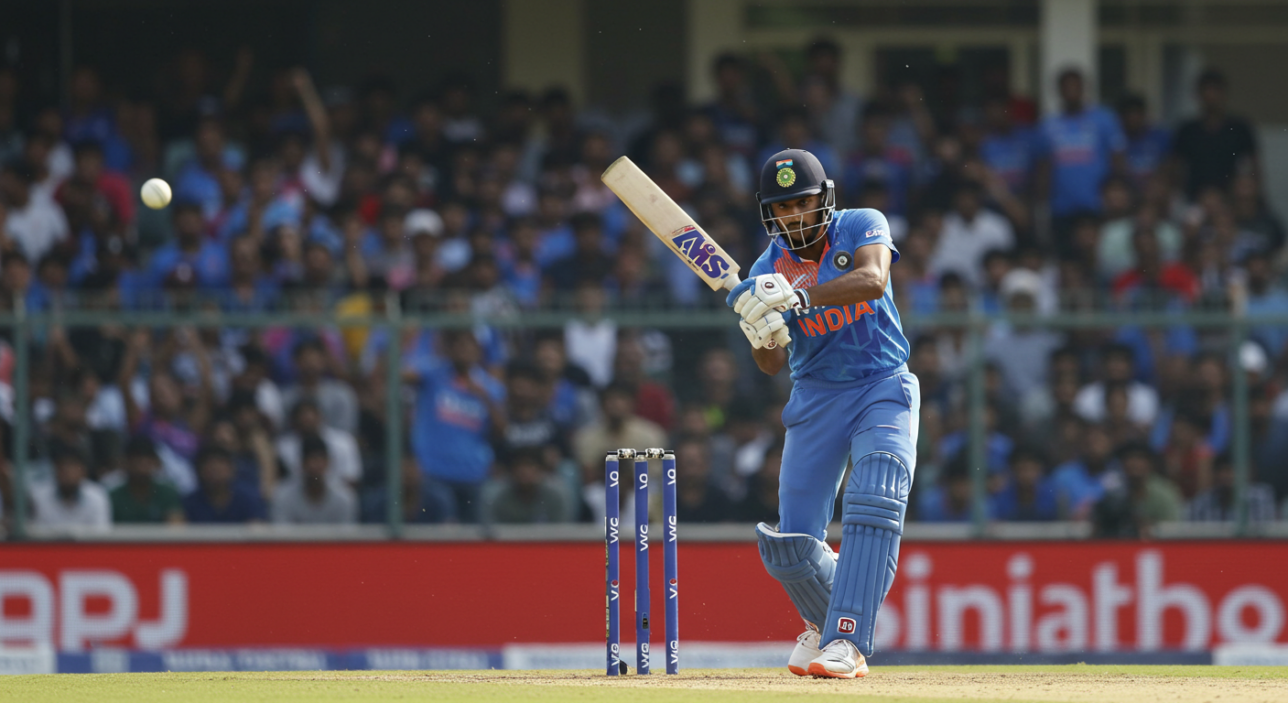
India has no shortage of top-order batting talent, but Jaiswal offers a different balance. Where Shubman Gill is classical and composed, Jaiswal is assertive with a slight edge of unpredictability. Where Ruturaj Gaikwad is more timing-reliant and compact, Jaiswal plays with greater range and physicality, especially in the powerplay.
What also differentiates him is his adaptability. He’s not a red-ball specialist learning white-ball skills, nor a T20 hitter trying to settle into Tests. He’s evolved both games simultaneously — and has the stats to back that up.
In terms of temperament, he falls closer to someone like KL Rahul in his early years — composed, quietly aggressive, and less dependent on conditions or pitch type. But Jaiswal’s growth curve is steeper. He’s scoring at a higher strike rate, converting fifties into hundreds more regularly in red-ball cricket, and absorbing pressure with visible control.
Unlike several recent prospects who’ve excelled in just one format, Jaiswal appears genuinely format-agnostic. He doesn’t bat like a different player when the ball changes — he adjusts intent, not technique.
Selectors increasingly value players who don’t need format-specific babysitting. Jaiswal fits that brief: productive, versatile, and trending upwards — without being over-engineered.
Yashasvi Jaiswal’s Long-Term Outlook: Managing Transition, Maximising Output
India’s top-order has been in a period of gradual transition. With Rohit Sharma entering the final phase of his career and KL Rahul’s role still undefined across formats, there’s a strategic need to identify consistent, multi-format openers who can carry the side through the next World Test Championship cycle and multiple white-ball ICC events. Jaiswal fits into that long-term equation with minimal adjustment required.
His left-handedness is a tactical advantage in a lineup dominated by right-handers, and his ability to start quickly in white-ball cricket adds value beyond just occupying the crease. In red-ball terms, he brings a profile India hasn’t had in years: a naturally attacking opener who also leaves well and defends with intent.
The key to sustaining that potential will be management. Overexposure to too many formats too soon could slow development. But if his workload is structured — focusing on Test and T20 formats for now — he can become a long-term investment with immediate returns.
There’s also a leadership quality to how he approaches the game. It’s not loud or demonstrative, but focused and workmanlike. Coaches have noted his discipline off the field and his openness to feedback — traits that contribute to longevity.
Conclusion: Not a Prospect Anymore — A First-Choice Name
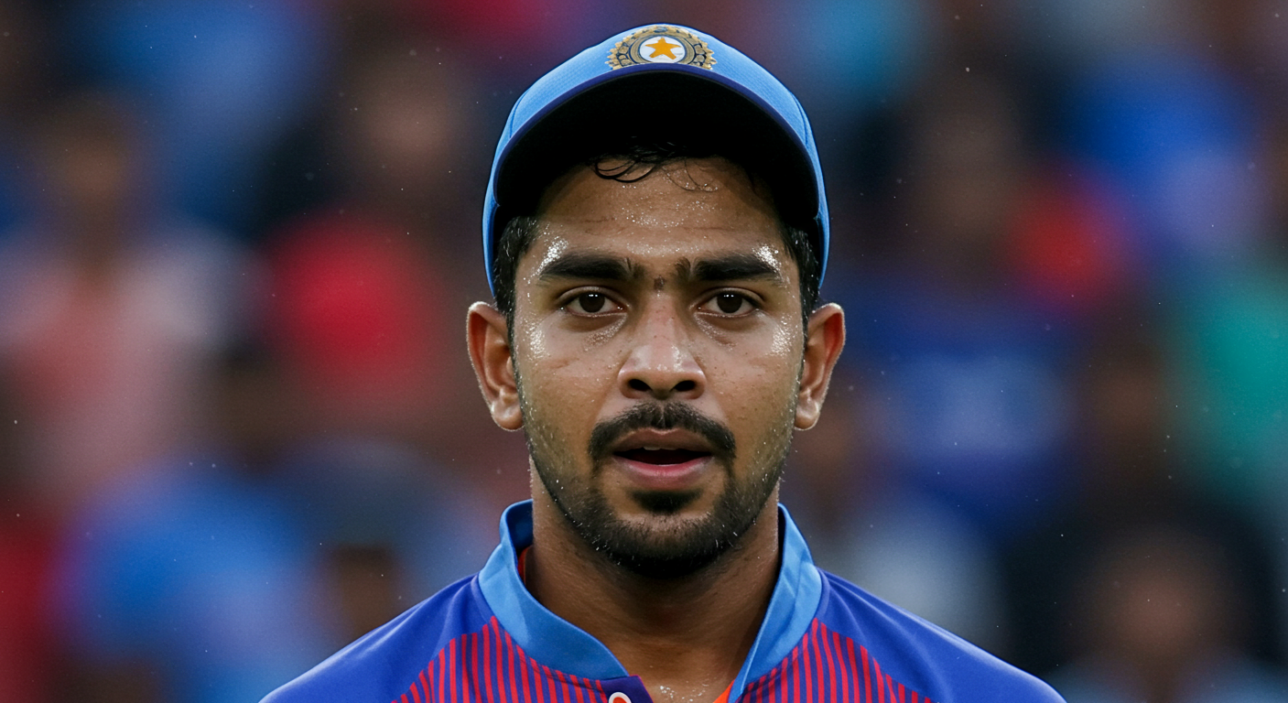
Yashasvi Jaiswal’s early international career has already proven what many suspected from his domestic numbers: he’s not a future star in waiting. He’s ready now. With proven scores in Tests, high-impact innings in the IPL, and a refined technique that holds across formats, he has moved beyond the “potential” phase.
He’s one of the few Indian players under 25 who could realistically hold a place in all three national squads without role compromise. That versatility is rare — and increasingly necessary.
If managed wisely, Jaiswal could give India a top-order mainstay for the next decade. But even in the short term, he solves problems selectors have struggled with: stability without sacrificing tempo, temperament without slowing the game down.
He isn’t an experiment. He’s a top-order asset India can build around — right now.



